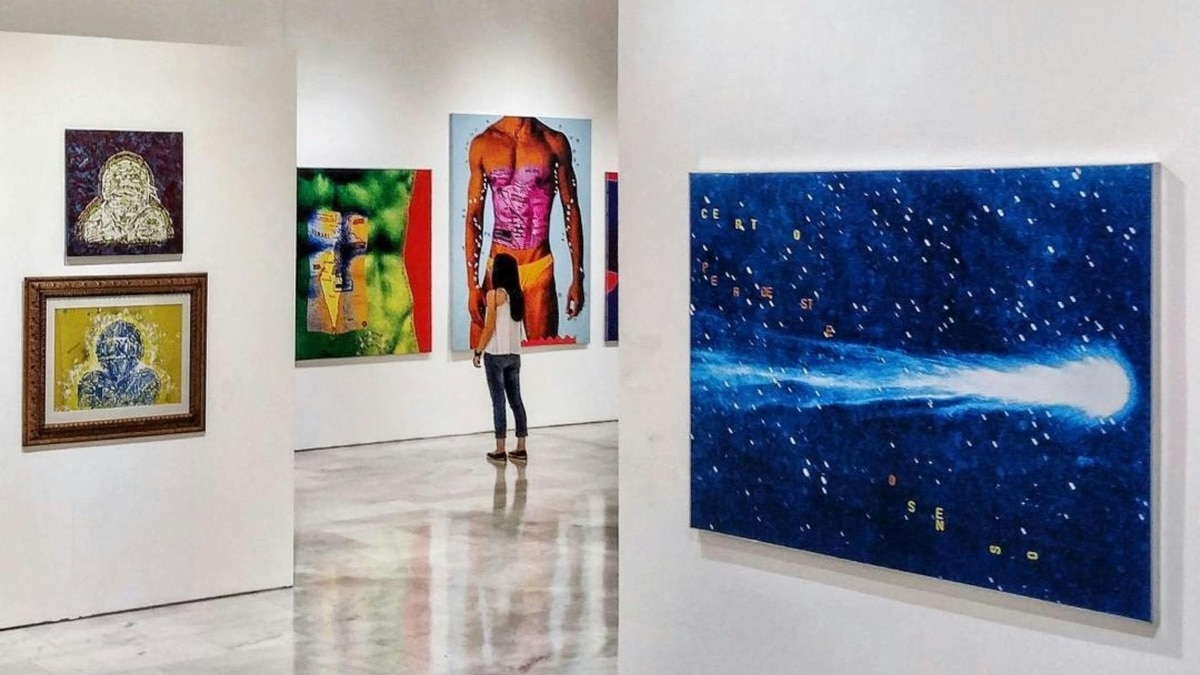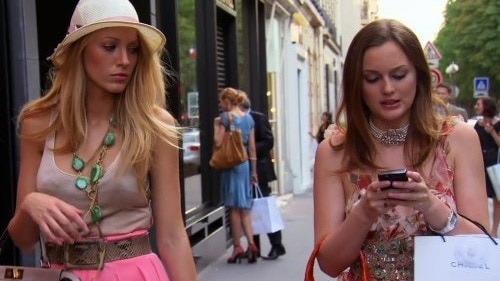How these women overcame their insecurities and explored femininity with pole dancing
What was most often associated with strip clubs, is now a symbol of immense empowerment.


What’s the first thing that comes to mind when you hear the term pole dancing? Most often, the dance form is associated with being sleazy and erotic. Or at least it was—for a long time. Its diverse history dates back nearly 800 years, and its evolution is replete with layers of connotations, stereotypes, and judgments. In the West, pole dancing is said to have originated from the travelling fairs of ‘20s America—the country was undergoing an economic depression and a group of dancers would use the pole, move their hips, and entice crowds. Not long after, the dance form equated with tents, gentlemen’s bars, strip clubs, skimpy clothing, and high heels. The art became overly sexualised and the dancers (primarily women) were demeaned, judged, and labelled. But a glimpse beyond the labels shows us how beauty, grace, and finesse are part of the dance form.
With Elvis Presley’s ‘Jailhouse Rock’, pole dancing grew from sketchy bars and suggestive movements to spins, twirls, and pole slides. A new wave came over this once looked-down-upon art form and is now, not only a fabulous form of physical exercise but a way for women to own their bodies without fear of judgement and explore femininity in all its forms. We spoke to five female pole dancers in India, who are passionate believers of the art form and all that it enables—empowerment, confidence, and self-perception. They share their tryst with the dance form, the lessons, the experiences, and everything in between.
What drew them to a once misunderstood art form?
Journalist Radhika Agrawal discovered pole dancing in what was a happy accident at a studio close to her home. “It turned out to be a great blessing—I fell in love with pole dancing and have been at it ever since. I had always loved how graceful and confident it looked while performing,” she says. For Aarushi Vikram, a detour on the way to the library while studying for her Master’s degree in the UK got her hooked on the dance form and she hasn’t stopped since.
Others such as Aditi Singh and Joanna Michelle stumbled upon awe-striking videos of pole dancers taking centre-stage. “For the first time I saw a dancer perform a contemporary-style pole routine with absolutely sensational tricks. She danced with so much elegance, no matter how strenuous the manoeuvres were,” recalls Michelle, “When I saw that the art of pole dancing could combine strength and grace, it transformed my mere love for the art form into an obsession.”
For former journalist, Nupur Chaudhuri, a visit to a club in Australia was the beginning of a lifelong love affair. “I told myself that someday I’m going to try this! And the day I did, I fell in love with the pole on my first spin. I couldn't believe my body could do this,” she says.
A change in perception—from sensuality to fitness
Experiences have a way of broadening horizons and refreshing perspectives. For many, pole dancing was a revelation of their strength and an insight into graceful dance as a form of physical exercise. “Pop culture has always showcased pole dancing as an erotic art form, which it is. But it's also incredibly athletic, requiring strength and flexibility. As I have gotten more familiar with poling, I have come to love pole fitness, a discipline that almost treats poles fitness equipment. All the tricks on the pole need a whole lot of power,” says Agrawal.
“Initially, I thought pole dance was sensual and sexy. When I started learning it, I realised it's a fantastic form of fitness. The spins got easier with each class and I could feel myself getting stronger. You develop your own style and you get drawn to certain aspects of a pole with time,” says Chaudhuri.
And for some, it has been an ever-flirtatious and growing relationship with dance. “My perception of it being an incredible form of art has not changed but my appreciation of the work that goes into it has grown ten-fold,” says Vikram. “I have always been in awe of the art form and it has only gained more depth with time. It has allowed me to uncover many layers of myself—physical strength, mental resilience, confidence, self-expression, comfort with sensuality, and appreciation for what my mind and body can achieve,” adds Michelle.
How it helped them overcome their insecurities and explore femininity
Art, through its various facets, has had a reputation of transforming minds, hearts, and bodies. Albert Einstein once said: “We dance for laughter, we dance for tears, we dance for madness, we dance for fears, we dance for hopes, we dance for dreams, we are the dancers, we create the dreams”. For these polerinas, dance helped them find a way out the intangible, yet heavy baggage of body insecurities and society’s ways of shaping our perception of our bodies.
Agrawal says, “It's quite easy to get caught up with the imperfections of your body. But whenever I train, I can put aside my insecurities and celebrate what my body is capable of. I no longer evaluate my level of fitness with the aesthetics of my body. Instead, I take pride in how strong I am becoming.”
“We live in a society with a very warped view of what an ideal body looks like. Poling has made me realise you don't have to look a certain way to be fit or flexible or strong. It has made me realise one can be incredibly feminine and strong, and that journey has made me incredibly comfortable in my skin. It has led to a newfound appreciation of what my body can do. I’ve also learnt to be patient and kind with my body,” says Vikram.
For Michelle, who was barely able to lift her toes off the floor, the transformation has been amazing. “Getting stronger, seeing my body perform tricks I only dreamed of, pushing past self-imposed limits, conquering fears, and building resilience have given an immense boost to my confidence. I am proud of myself. I had to work on not being intimidated by senior dancers, being kind to myself, my body, and my abilities,” she continues, “exploring aspects of my femininity and sensuality has always come naturally to me and pole only enhanced it.”
“I grew up with insecurities of being dark-skinned and having stretch marks. But after starting pole I fell in love with my body—with every stretch mark, cellulite, the colour of my skin. What my body can do matters more to me than how it looks. I worship my body now because it is capable of twisting, turning, flying with the pole, and so much more. My strength, muscles, grace, courage, and power define being feminine,” says Chaudhuri.
“Pole has been extremely therapeutic,” says Singh, “I’ve struggled with body image issues for over a decade, but pole changed the way I think. There are no prerequisites in pole—you don’t need to be a certain weight or be flexible, to begin with. The pole community is inviting and accepting and makes you feel like you belong. I was always shy of exploring my sensual side or tapping into my divine feminine energy, but it happened naturally when I found pole. Being myself was more than enough and showing up is all I needed to do.”
Lead Image: Nupur Chaudhury Instagram










